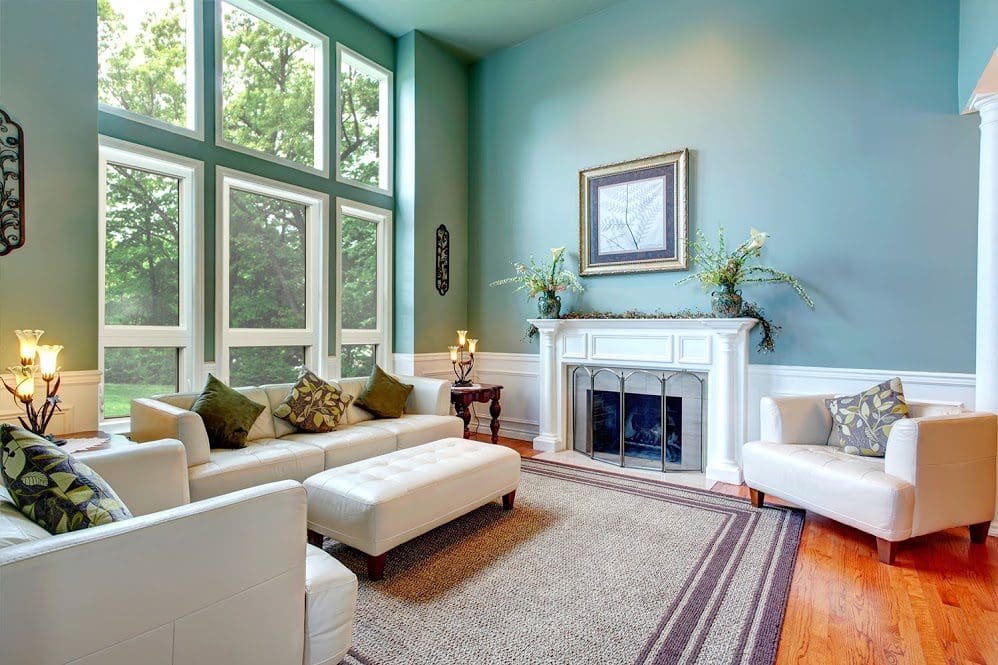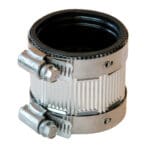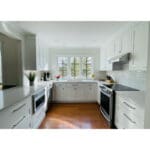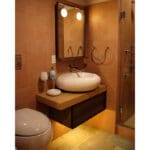How to Buy Home Replacement Windows
Author: Thomas Borcherding | Updated On:
Wondering How to Buy Replacement Windows?
Buying your home’s future windows may seem like a simple decision, however, once you are met with the amount of options available to you, the process can become a little overwhelming.
The dollar amount needed to replace your home’s windows is no small amount. This is why we encourage you to become intimate with the window options that lie before you. We applaud you on taking the initiative to become an educated buyer.

Window Performance Metrics
Industry standards have made it easy to compare different types of windows using performance metrics. In order to understand different window manufacturing procedures and features, it’s important to understand the language in which these windows are engineered.
- U-Factor: U-Factor, or U-Value, measures the heat transfer per time per area and per degree of temperature difference. Put simply, this metric measures how well the window insulates. The lower the U-Factor, the better the window insulates. That is to say, the lower the number the better. For windows, this number typically ranges from 0.20 to 1.20. A study done in Boston, Massachusetts showed that replacing high U-Value windows with low U-Value windows produced annual energy savings of roughly $800. We can offer you windows featuring cutting-edge technology that carry U-Factors lower than 0.20.
- R-Value: R-Value is similar to U-Factor, however instead of measuring heat transfer it measures heat resistance per material. The higher the number, the better the material insulates. R-Value is additive for layers of material, meaning a material with R-Value of 1 combines with a material that has an R-Value of 2 to produce a unit with an R-Value of 3. Energy Star rated windows typically have an R-Value of 3. Increasing a window’s R-Value from 3 to 5 can reduce heat loss by around 30 to 40%.
- Solar Heat Gain Coefficient (SHGC): Solar Heat Gain Coefficient is the fraction of solar radiation admitted through a window, either transmitted directly or absorbed, and subsequently released as heat inside the home. The lower the SHGC, the less solar heat it transmits. A typical double-pane window without any coatings or additional features has a SHGC of around 0.70.
- Air Leakage (Infiltration): Just as it sounds, air leakage is the air that infiltrates your home through crevices in the window assembly. Air Leakage measures how many cubic feet of air pass through the window within 60 seconds. A window with a low air leakage rating is assembled tighter (and thus better) than one with a higher air leakage rating.
- Visible Transmittance: Visible Transmittance measures the fraction of visible light that is transmitted through the window. The Visible Transmittance rating ranges from 0 to 1, and includes the frame of the window. The higher the VT, the more visible light is permitted to enter your home. Typical numbers range from 0.30 to 0.70.
- Condensation Resistance: Condensation resistance measures the amount of moisture it takes for glass to condensate when exposed to extreme temperature changes. The higher the number, the greater the resistanc me to condensation. Condensation resistance can range from 0 to 100.
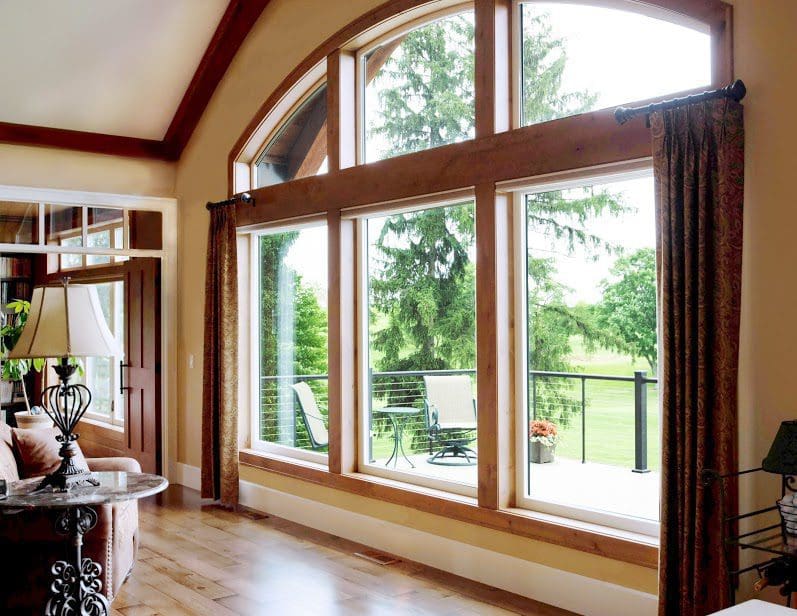
Window Features
Now that we understand how window performance is measured, we can comprehend how different window features may impact said performance. Below we outline some of the different major features and technologies that you may wish for your new windows to have.
- Material: Vinyl windows reign supreme in terms of cost, performance, and durability, but other options exist as well. On today’s market you can find solid wood windows, fully vinyl windows, metal windows (which we don’t recommend due to conductivity of heat and cold), and cladded windows.
Clad windows are wonderful for homeowners that wish to prioritize interior beauty while also focusing on longevity and energy efficiency. Cladded windows offer the elegance of wood on the inside and the durability and energy performance of vinyl on the outside. - Low-E Coating: Also known as Low-Emissivity. Ideally, any modern window will feature a Low-E coating, which is a very thin layer of metal oxide on the airspace side of the inner pane of glass. Low-E window treatments help reduce the amount of infrared and ultraviolet rays, effectively reducing the amount of heat transfer as well as protecting your home and family from harmful ultraviolet rays.
If you have ever noticed a window that appears to have a blue hue, it is due to a low-emissivity coating. The blue comes from light refracting against the metal coating. These metal coatings vary across manufacturers. High quality windows will compose their low-e coating largely of silver, while others may use a composition of tin, silver, and zinc.
Low quality, builder grade windows will typically have a greater blue hue reflecting off the window due to lower quality coatings. - Glazing System: If the window line that you’re looking at is up-to-date on window technology, you will likely be able to choose at a minimum a glazing system known as Insulated Glazing. This type of window system consists of at least two panes of glass separated by a gas-filled space. This system is far superior to a single pane of glass.
Combined with Low-E, a double-paned system is highly energy efficient. Greater advancements in energy efficiency can be made, however. You can choose triple-pane glass, and even fill the gas-space between the glass panes with argon or krypton gas. A Low-E triple-paned window filled with krypton gas is almost as energy efficient as an exterior wall. - Additional Features: There are many other options available when it comes to customizing your windows, which is why we encourage you to reach out to a qualified remodeler. Some of these features include custom exterior and interior colors, grid types, decorative glass options, glass strength, lamination, lock color, and different window screen selections.
Chances are, if you are replacing your windows, any modern window will greatly improve your home’s energy efficiency. By educating yourself on what local companies around you offer, however, you are able to select the window line that maximizes your home’s insulation. We hope we have made things clearer, and wish you the best of luck in your remodeling project.
About the Author

Thomas Borcherding is a professional kitchen & bath designer, and a member of the National Kitchen & Bath Association (NKBA). He is the second-generation owner of Homestar Design Remodel, and takes great joy in providing those in St. Louis with high-quality, affordable home remodeling.

